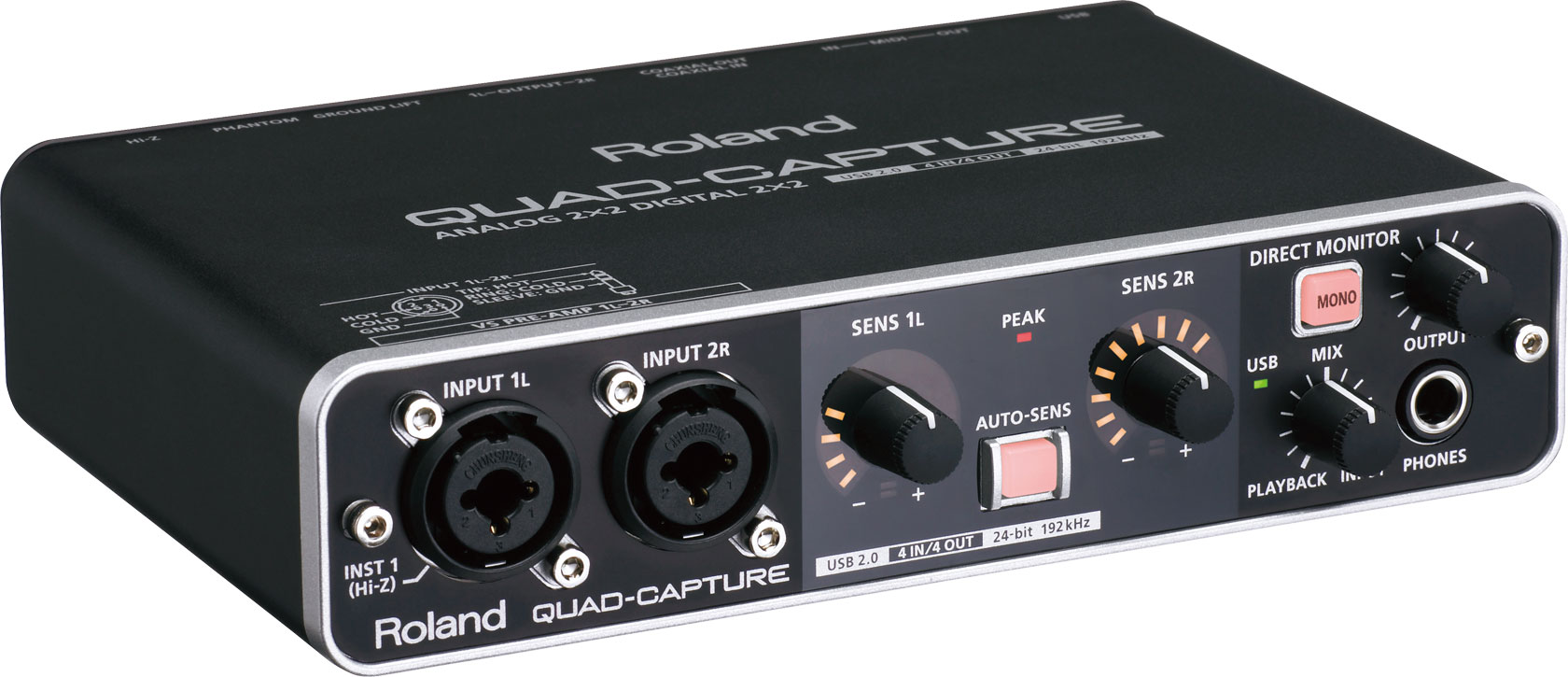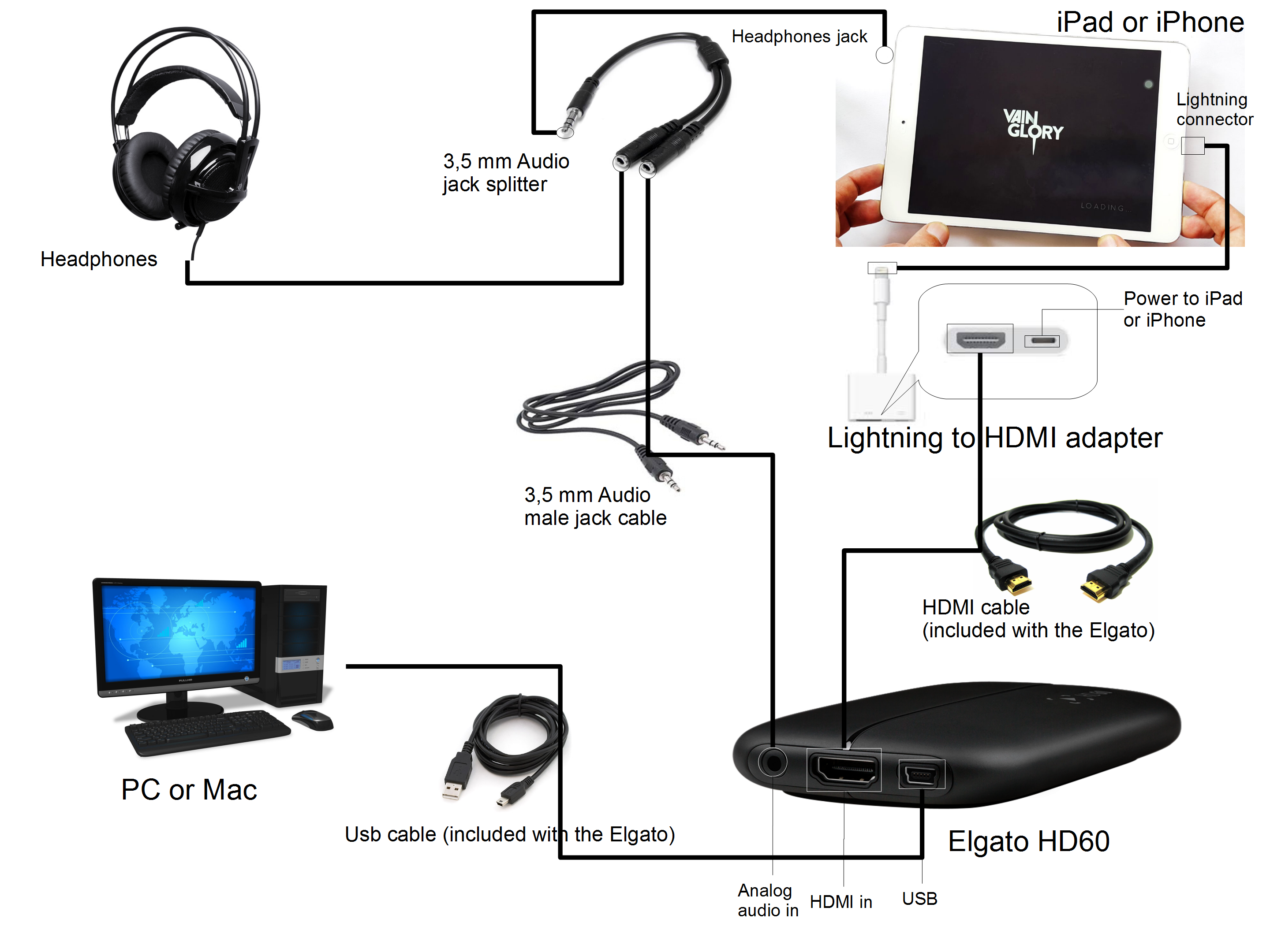

- #Capture desktop audio with sound siphon how to
- #Capture desktop audio with sound siphon software
- #Capture desktop audio with sound siphon series
It is mathematically much easier to convert 88.2 to 44.1 and 96 to 48, so it’s best to stay in one format for the whole project. In the end, however, the audio will likely be converted to either 44.1 kHz or 48 kHz. The files will be larger, but it can be nice to maximize the sound quality until the final bounce. In theory, it’s not a bad idea to work at a higher audio sample rate, like 176.4 kHz or 192 kHz. However, as filtering and analog/digital conversion technologies improve, it becomes more difficult to hear these differences. Some experienced engineers may be able to hear the differences between sample rates. Can you hear the difference between audio sample rates? Low pass filters have less impact on the sound and more samples per second, which results in a more high-definition recreation of the original audio. Sample rates of 88.2 kHz, 96 kHz, 176.4 kHz, and 192 kHz result in higher Nyquist frequencies, meaning supersonic frequencies can be recorded and recreated. Some engineers choose to work in even higher audio sample rates, which tend to be multiples of either 44.1 kHz or 48 kHz. Moving the Nyquist frequency even higher allows us to place the filter further and further out of human hearing, and therefore impacts the audio even less. Some were introduced during the early days of digital audio when powerful anti-aliasing filters were expensive. While 44.1 kHz is an acceptable audio sample rate for consumer audio, there are instances in which higher sample rates are used. Other audio sample rates: 48 kHz, 88.2 kHz, 96 kHz, etc. By placing the Nyquist frequency outside of our hearing range, we can use more moderate filters to eliminate aliasing without much audible effect. The sample rate of 44.1 kHz technically allows for audio at frequencies up to 22.05 kHz to be recorded. This is true, but you need a pretty powerful-and at one time, expensive- low-pass filter to prevent audible aliasing. Therefore, a sample rate of 40 kHz should technically do the trick, right? The computer should be able to recreate waves with frequencies up to 20 kHz in order to preserve everything we can hear. However, this “20-to-20” rule is still accepted as the standard range for everything we could hear.

Most people lose their ability to hear upper frequencies over the course of their lives and can only hear frequencies up to 15 kHz–18 kHz. Humans can hear frequencies between 20 Hz and 20 kHz. For instance, it’s the standard sample rate in audio for video The higher sample rate technically leads to more measurements per second and a closer recreation of the original audio, so 48kHz is often used in “professional audio recording” contexts more than music contexts. 48 kHz is another common audio sample rate. This is the standard for most consumer audio, used for formats like CDs. If you’re recording music, a standard starting point for your sample rate should be 44.1 kHz or 44,100 samples per second. Why is the standard audio sample rate 44.1 kHz vs 48 kHz? If we can take tons of measurements extremely quickly with enough possible amplitude values, we can effectively use these snapshots to reconstruct the resolution and complexity of an analog wave.

The system makes thousands of measurements per second. This information is then converted into digestible, binary data. A sample is taken at a particular time in the audio wave, recording amplitude.
#Capture desktop audio with sound siphon series
The sound wave is converted into data through a series of snapshot measurements, or samples. This allows us to manage, edit, and arrange audio in a software-based context.
#Capture desktop audio with sound siphon software
Certain characteristics of an analog sound wave, like the frequency and amplitude, are converted to data computer software can read. It’s a bit of theory and a bit of math, but hopefully it will peel away some of the mystery behind how digital audio works.ĭigital audio is the system in which we store, recreate, and manipulate audio information in a computer system. Today, we’ll focus on audio sample rate and audio bit depth, as well as a few topics related to them. In this article, we’ll cover some basic aspects of digital audio, and how they affect the production process. What does each of the options do? How was I supposed to know what would sound best? Unfortunately, in the chaos of beginning to produce, I didn’t learn the basics of how a computer actually handles audio, so the whole concept of making music on a laptop felt a bit abstract.Įven bouncing my first track was confusing.
#Capture desktop audio with sound siphon how to
The arrangement possibilities were endless, and I could learn how to mix music to sound like what I heard. I remember how eager I was to get into music production.


 0 kommentar(er)
0 kommentar(er)
